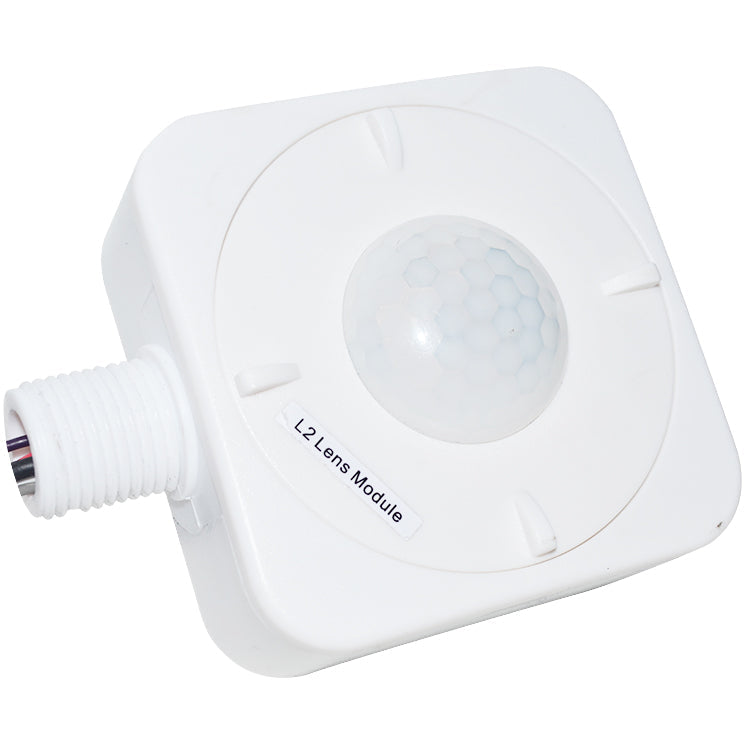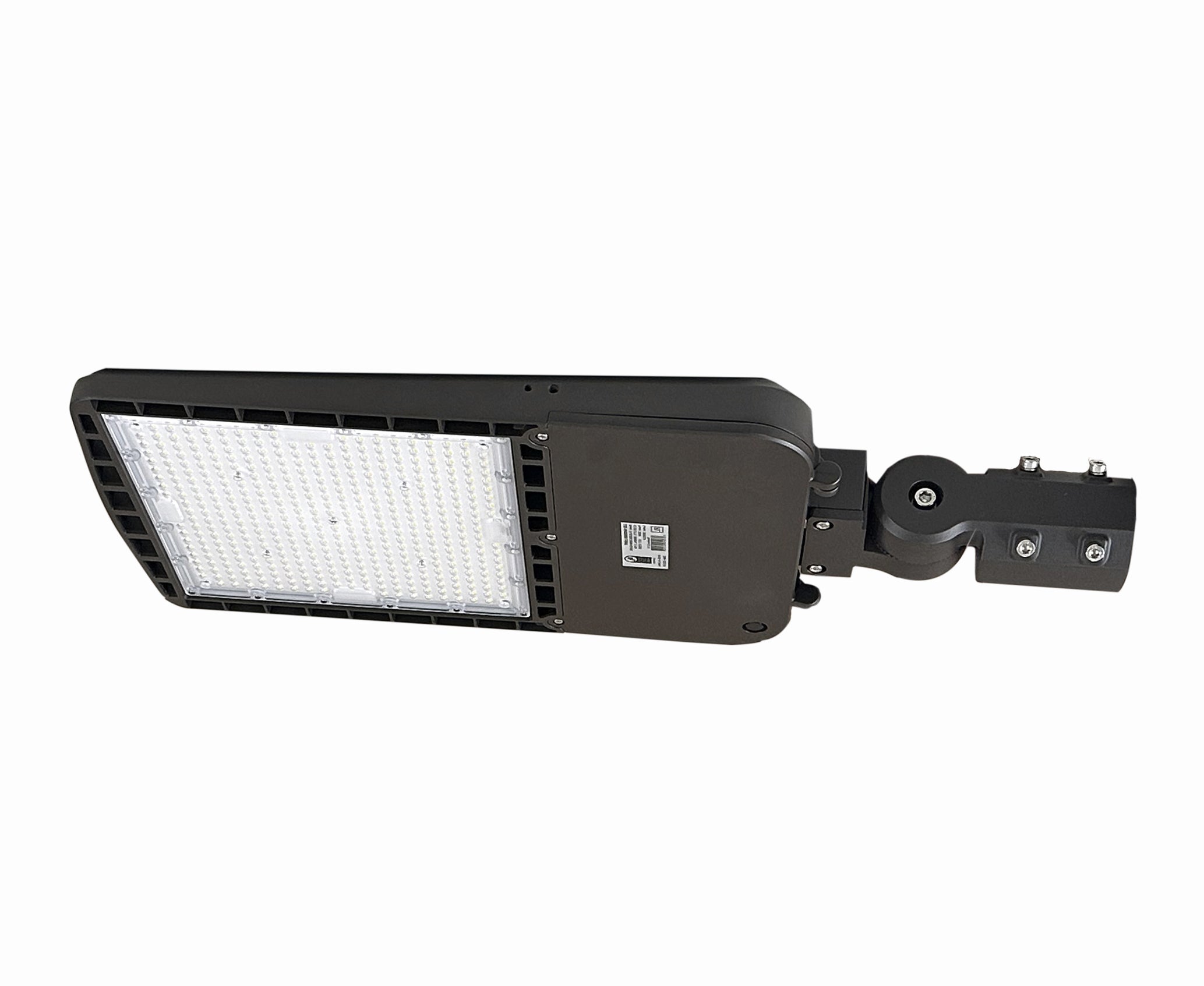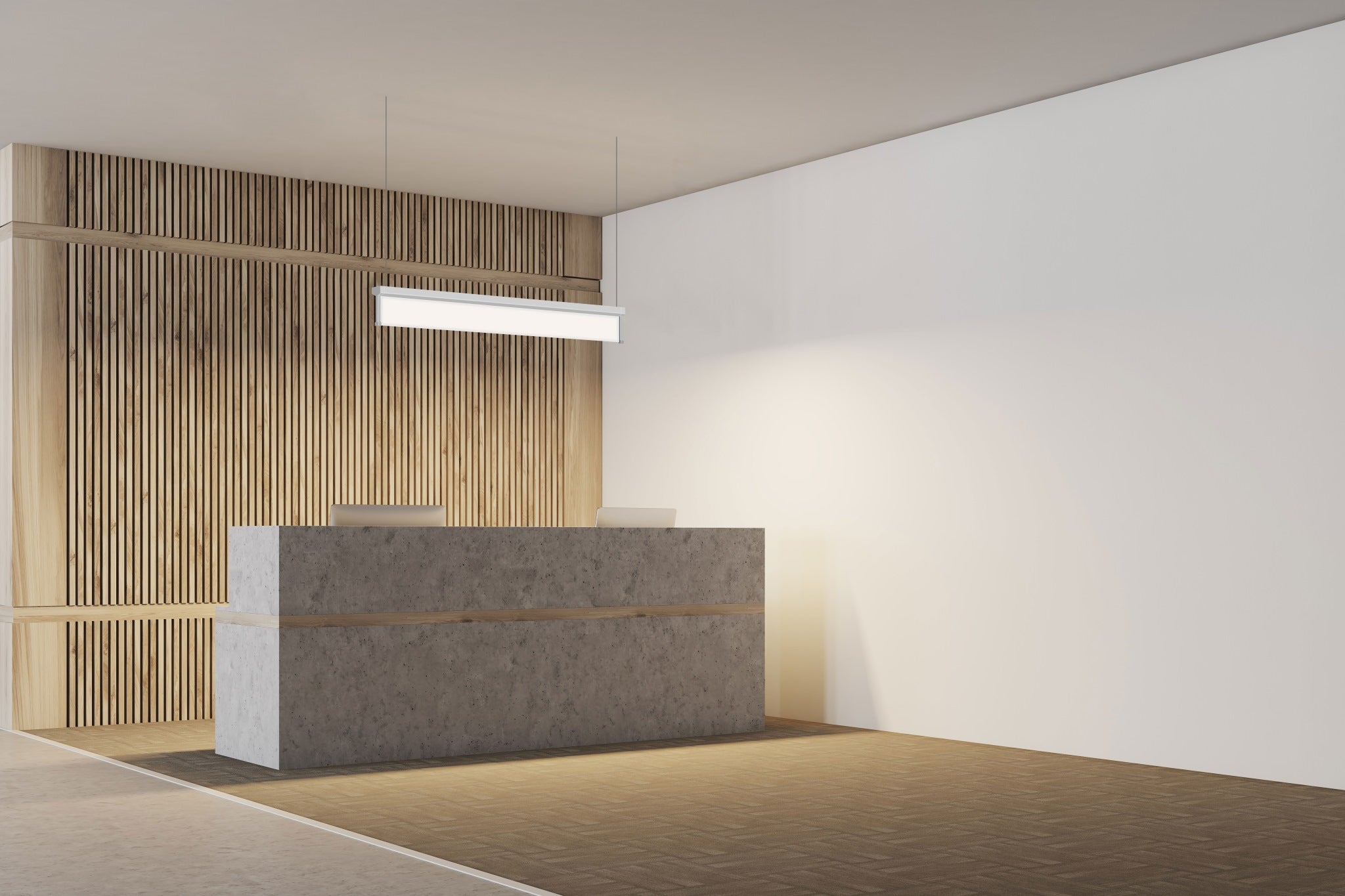Drop Ceiling T-Grid Type Introduction: The Ultimate Guide for 2025
Drop ceilings—also called suspended ceilings—are staples in commercial spaces, schools, offices, and modern interiors. Their popularity lies in their flexibility, ease of installation, and ability to conceal ductwork, plumbing, and wiring while enhancing acoustics and aesthetics. At the heart of every drop ceiling system is the T-grid, also known as the T-bar grid, which forms the exposed metal lattice that supports the ceiling tiles and specialty lights.
Understanding the types and widths of T-grid systems is crucial, especially if you’re planning to install specialized T-grid linear lights such as those from JQZ Lighting. This comprehensive guide offers a detailed overview of today’s most common ceiling grid types, their applications, and essential selection tips for both the 15/16 inch grid and the four distinct 9/16 inch varieties.
What Is a Drop Ceiling Grid System?
A drop ceiling grid system provides the support framework for ceiling panels, T-grid linear lighting, and even air diffusers. It consists of main runners (long T-shaped strips), cross tees (shorter connectors), and wall angles that together create a rigid “grid” for tiles or panels. Hanger wires suspend the grid from the structural ceiling, leaving an accessible plenum space above.
Key Terms:
-
T-Grid or T-Bar: The exposed, T-shaped metal rails that make up the grid.
-
Main Runner: The primary, longer rails (typically spaced every 4 feet).
-
Cross Tee: Shorter rails (typically either 2-foot or 4-foot) that form the square or rectangular openings.
-
Wall Angle: The perimeter piece that runs along the room’s edge, anchoring the grid.
Standard Widths for T-Grid Systems
Not all T-bar grids are created equal. The width of the grid face (the visible part below the tile) determines not only the visual effect but also which lights, tiles, and accessories are compatible.
15/16 Inch T-Grid (Wide-Face T-Bar)(Very common)

Overview:
-
The standard for decades and still the most common T-bar size in North America, the 15/16 inch grid (also called “PRELUDE” by Armstrong) features a face width just shy of one inch.
-
This width offers robust support for heavy ceiling tiles and fixtures and creates a classic, slightly bold grid look.
Key Features:
-
Supports 2x2 and 2x4 foot ceiling tiles with ease.
-
Works seamlessly with most linear and traditional T-grid lights and diffusers.
-
Easy to find replacement parts and accessories.
Applications:
Ideal for offices, retail, educational institutions, and any commercial environment where reliability and easy maintenance matter.
9/16 Inch T-Grid: The Narrow T-Bar Family
The 9/16 inch grid—sometimes called “fine-line” or “suprafine” T-bar—is a more recent innovation. Its narrower face delivers a sleeker, more contemporary visual effect. However, within the 9/16 inch category, there are four distinct grid profiles, each designed for different aesthetics and installation needs.
1. Flat Bottom (Suprafine XL)(Very common)

Overview:
-
This is the most common 9/16 inch grid type and closely resembles the traditional 15/16 inch flat-bottom T-bar, just with a narrower profile for a clean, minimalist look.
-
Also known as “Suprafine XL” in Armstrong’s product line.
Features:
-
Provides a modern, streamlined grid.
-
Compatible with many linear light fixtures designed for narrow T-bars.
-
Works with standard lay-in and tegular edge tiles.
Applications:
Perfect for modern offices, upscale retail, classrooms, and anywhere that a sleek, minimal look is desired.
2. Bolt Slot (Silhouette)(Less common)


Overview:
-
The “Slot” or “Silhouette” grid features distinctive gaps (slots) along the bottom flange, giving a unique architectural detail while providing concealed suspension points for tiles.
-
Slots may be 1/4 inch or 1/8 inch wide, with the larger slot giving a more pronounced visual break between tiles and grid.
Features:
-
9/16 inch width with slot detailing at the grid bottom.
-
Ideal for areas seeking an upscale or designer look.
-
Allows for semi-concealed ceiling tiles, with only a slim reveal visible.
Applications:
Used in lobbies, reception areas, modern workplaces, and design-driven projects looking for sophistication or visual intrigue.
3. Interlude (Rare)

Overview:
-
The “Interlude” profile is less common but stands out for its unique edge and compatibility with certain specialty tiles and lighting.
-
Typically features a 9/16 inch width but with a slightly different reveal or edge treatment compared to flat or slotted types.
Features:
-
Unique detailing, custom-fit with specific tile options.
-
May present subtle visual effects or profiles when viewed from below.
Applications:
Best suited for custom-designed interiors and environments with unique tile or lighting requirements.
4. Sonata XL (Very rare)
Overview:
-
The rarest of the 9/16 inch family, “Sonata XL” grids are tailored for specific acoustic tiles or specialty installations.
-
They may have distinctive features or compatibility requirements.
Features:
-
9/16 inch width with unique attributes (manufacturer-specific).
-
Often used for specialty ceiling applications where performance or aesthetics demand a particular grid.
Applications:
High-end projects, auditoriums, or acoustic environments.
Visual Summary Table
| Grid Width | Type | Alternate Names | Key Features | Common Uses |
|---|---|---|---|---|
| 15/16” | Flat Bottom | Standard, PRELUDE | Robust, classic, universal compatibility | Commercial, offices, schools |
| 9/16” | Flat Bottom | Suprafine XL | Sleek, modern, minimal profile | Modern offices, retail |
| 9/16” |
Bolt Slot/ Silhouette |
Silhouette | Slotted edge (1/4" or 1/8"), architectural | Lobbies, design-focused spaces |
| 9/16” | Interlude | – | Unique edge/reveal, specialty fit | Custom installations |
| 9/16” | Sonata XL | – | Rare, acoustic or specialty tiles | High-performance, rare projects |
Why Grid Width and Type Matter for T-Grid Lighting
If you plan to install T-grid linear light fixtures—such as the advanced, integrated models from JQZ Lighting—it’s crucial to match the fixture design to your grid width and style:
-
15/16 inch T-Bar: Compatible with a wide range of lights, most suppliers—including JQZ—offer fixtures meant to snap securely into place on this standard grid.
-
9/16 inch Suprafine XL/Flat Bottom: Many modern, elegant fixtures are developed specifically for this narrow profile, providing a smooth, integrated appearance.
-
9/16 inch Silhouette (Bolt Slot): Check for fixtures designed to align with and utilize the slot detail, especially if you prefer semi-concealed mounting or a floating effect.
Tip: Always confirm compatibility before purchasing T-grid linear lighting—a mismatch in size or slot profile can create installation challenges and void warranties.
Key Considerations When Selecting a Drop Ceiling Grid
-
Project Aesthetic: Choose a grid width and profile that complements your space. Wide (15/16") grids suit traditional interiors; narrow (9/16") options deliver a crisp, minimal feel.
-
Lighting Compatibility: T-grid linear lights and integrated fixtures must be engineered for your chosen grid type. Review technical datasheets and, when in doubt, consult the lighting supplier directly.
-
Acoustical Performance: Some specialty grids (like Sonata XL) are matched with tiles engineered for enhanced sound absorption or transmission control.
-
Budget and Availability: Standard grids (15/16” and 9/16” flat) are readily stocked, affordable, and easy to replace. Specialty types (slot, interlude, sonata) may require lead time and customized accessories.
-
Future Maintenance: Consider the long-term ease of swapping tiles, adding lights, or performing repairs.
Installing T-Grid Linear Lights for Maximum Impact
Linear lighting enhances visual comfort, underscores architectural lines, and delivers high-performance illumination. When choosing lights for your T-grid ceiling system:
-
Opt for snap-in or lay-in T-bar linear lights that match your grid width (15/16" or 9/16” Suprafine XL or Silhouette).
-
For slot grids (Silhouette), consult your lighting provider about compatibility with slotted profiles for a seamless fit.
-
Consider integrating controls or tunable white options for added flexibility and efficiency.
To browse proven solutions compatible with all major T-bar grid types, check out JQZ Lighting’s T-grid linear light collection.
Conclusion
Selecting the right drop ceiling T-grid system is about more than just appearance—it impacts lighting compatibility, project budget, future maintenance, and overall building performance. With 15/16 inch classic flat and four unique 9/16 inch profiles (Suprafine XL, Silhouette, Interlude, and Sonata XL), there’s a perfect solution for every architectural vision.
For best results and effortless lighting integration, match your T-grid type with specifically designed fixtures like those at T-grid ceiling lights from JQZ Lighting for reliable, elegant, and efficient illumination in every space.
Find the perfect LED lighting with competitive price for your next project—visit JQZ Lighting today.








